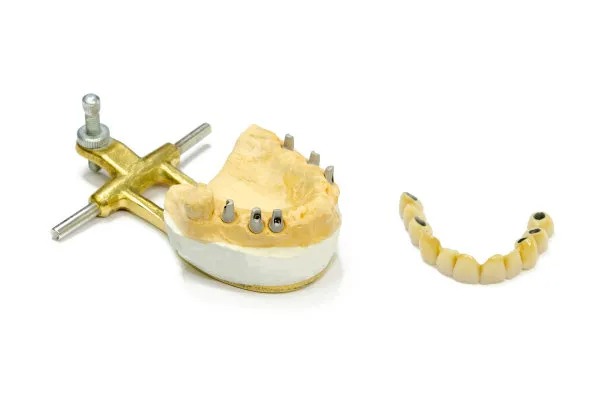The Challenges and Solutions Involved in Extracting a Tooth Safely and Effectively in Dental Practice
Summary: Tooth extraction is a common yet complex procedure within dental practice, requiring utmost care and precision to ensure patient safety and effectiveness. This article delves into the multifaceted challenges that dentists face when extracting a tooth, including patient anxiety, anatomical complexities, potential for complications, and post-operative care. Each challenge is examined alongside practical solutions that aim to enhance the extraction process, thereby fostering a smoother experience for both patients and dental practitioners. By understanding these aspects, dental professionals can better navigate the hurdles associated with tooth extractions, leading to improved outcomes and patient satisfaction.
1. Managing Patient Anxiety During Extractions

Patient anxiety is a significant challenge faced by dental professionals when performing tooth extractions. Many individuals associate dental procedures with pain and discomfort, leading to heightened stress levels even before entering the clinic. This anxiety can complicate the extraction process, as a scared patient may not cooperate, making the procedure more difficult and time-consuming.
To effectively manage this anxiety, dental practitioners can implement several strategies. One effective method is to provide thorough pre-operative consultations where patients can ask questions and express their concerns. This transparency can help build trust and alleviate fears about the procedure.
Additionally, techniques such as sedation dentistry can be employed to help calm anxious patients. Utilizing nitrous oxide or oral sedatives can significantly reduce anxiety levels, allowing for a smoother and more controlled extraction process, ultimately enhancing patient comfort.
2. Navigating Anatomical Complexities in Tooth Extraction
Tooth extractions are not always straightforward, given the intricacies of human anatomy. Challenges may arise due to tooth root morphology, bone density variations, and the proximity of vital structures such as nerves and sinus cavities. These factors can complicate the extraction process, increasing the risk of complications.
It is crucial for dentists to perform a comprehensive assessment, including radiographic imaging, prior to the procedure. About capturing detailed X-rays can provide insights into the tooth’s position and root structure, helping to anticipate possible challenges during extraction.
If a tooth is deeply impacted or has significant anatomical challenges, dentists may need to employ specialized techniques such as surgical extraction or the use of advanced tools. By preparing adequately and utilizing appropriate techniques, the dentist can mitigate the risks associated with these complexities, ensuring a safer extraction.
3. Preventing and Managing Complications Post-Extraction
Complications can arise during or after tooth extraction, such as excessive bleeding, infection, or dry socket. Addressing these issues proactively is vital for ensuring patient safety and satisfaction. Dentists must be aware of the potential complications and prepare to manage them effectively.
To prevent excessive bleeding, it is essential to achieve adequate hemostasis during the extraction procedure. Dentists should also educate patients on post-operative care, including avoiding vigorous rinsing and spitting that can disrupt the blood clot formation.
Infection is another concern that can lead to significant complications. Dentists may prescribe prophylactic antibiotics for high-risk patients. Proper follow-up care is equally important, as it allows for timely identification and management of any emerging complications, reinforcing the importance of post-operative appointments.
4. Ensuring Comprehensive Post-Operative Care
Post-operative care is critical for a successful recovery following a tooth extraction. Dentists need to provide clear written and verbal instructions to patients concerning aftercare to minimize discomfort and prevent complications.
Key aspects of post-operative care include pain management, dietary restrictions, and activity limitations. By providing a detailed recovery plan that addresses these areas, dentists can help patients navigate their recovery process more comfortably.
Another important consideration is encouraging patients to monitor their recovery and promptly report any unusual symptoms, such as prolonged bleeding or severe pain. By establishing open lines of communication, dental professionals can ensure that patients feel supported throughout their recovery, which can lead to higher satisfaction rates.
Summary:
In conclusion, extracting a tooth safely and effectively in dental practice involves navigating various challenges. By managing patient anxiety, understanding anatomical complexities, preventing complications, and ensuring comprehensive post-operative care, dentists can enhance the extraction process. These strategies ultimately lead to improved patient experiences and outcomes, underscoring the importance of a proactive approach in dental procedures.
This article is compiled by Vickong Dental and the content is for reference only.


